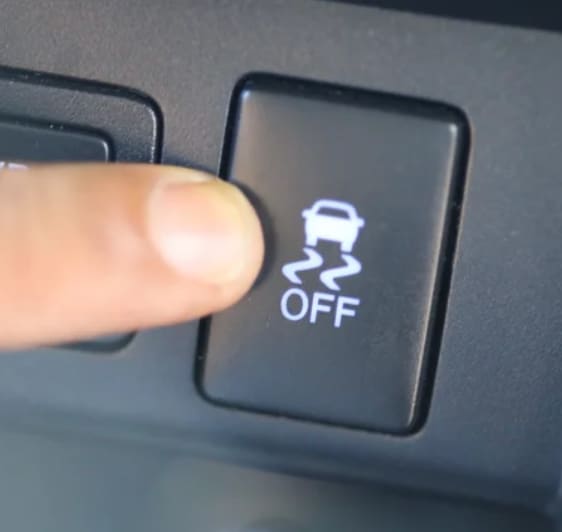

Traction control helps prevent your car from losing grip when road conditions turn challenging. While this system works automatically to keep you safe, there are specific situations where temporarily disabling it might help. Understanding when and why to turn off traction control can make you a more informed driver and help you handle tricky driving conditions with confidence.
What Is Traction Control and How Does It Work?
Traction control is a safety system designed to prevent your car's wheels from spinning when they lose grip on the road surface. The system monitors the speed of each wheel using sensors, comparing them to detect when one wheel is rotating significantly faster than the others.
When the system detects wheel slip, it takes immediate action. It can temporarily cut power to the spinning wheel, helping it regain traction and preventing your car from entering a dangerous slide. This intervention happens automatically and very quickly, often before you even realize there's a problem.
You'll know when traction control engages because the warning light will appear briefly on your dashboard. You might also feel a slight juddering sensation as the system cuts power to the affected wheel. This is completely normal and indicates that the system is working as designed.
The Technology Behind Traction Control
Modern traction control systems use sophisticated sensors and computer algorithms to monitor wheel speed. These sensors can detect wheel slip within milliseconds, allowing the system to respond faster than any human driver could.
The system works by communicating with your car's engine management system. When wheel slip is detected, it can reduce engine power, apply brakes to specific wheels, or both. This coordinated response helps maintain vehicle stability and control.
When You Should Leave Traction Control On
In the vast majority of driving situations, traction control should remain activated. The system provides valuable protection during normal driving conditions, and turning it off unnecessarily removes an important safety feature
When You Might Need to Turn Off Traction Control
While traction control should remain on most of the time, there are specific situations where temporarily disabling it can be helpful. These scenarios are relatively rare, but knowing when to use this option can get you out of trouble.
Getting Unstuck from Snow or Mud
The most common reason to turn off traction control is when you're stuck in snow, mud, or sand. In these situations, you might need your wheels to spin freely to generate the momentum needed to break free from the surface.
When traction control is active, it will cut power as soon as it detects wheel spin. This can prevent you from building up the momentum needed to push through or climb out of a slippery patch. By turning off the system temporarily, you allow the wheels to spin and potentially grab enough traction to move forward or backward.
Once you're free from the stuck position, remember to turn traction control back on immediately. The system's protection is valuable once you're back on more stable ground.
Driving in Deep Snow
Deep snow presents unique challenges that sometimes require controlled wheel spin. When driving through unplowed snow, you might need to maintain momentum by allowing some wheel spin to keep moving forward.
Traction control might interpret this necessary wheel spin as a problem and reduce power when you need it most. Experienced drivers in snowy conditions sometimes turn off traction control to maintain better control over power delivery.
However, this technique requires skill and experience. If you're not comfortable driving in deep snow, it's better to avoid these conditions entirely or seek help rather than attempting to disable safety systems.
Stop by Bayside Pre-Owned Super Center in Prince Frederick, Maryland to upgrade your vehicle today!
Source: SlashGear